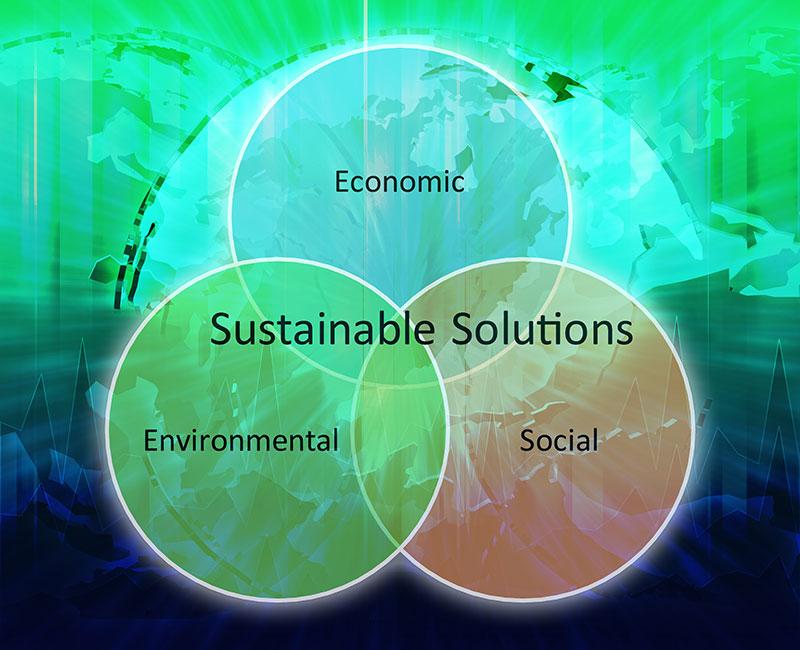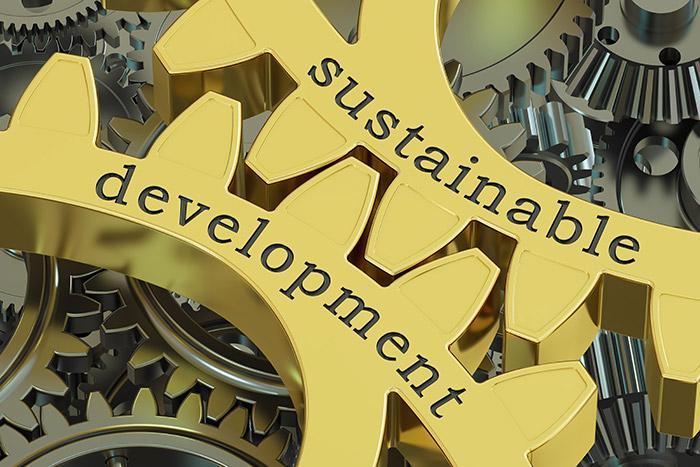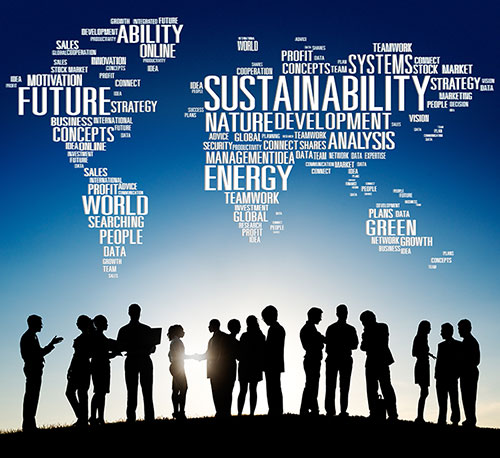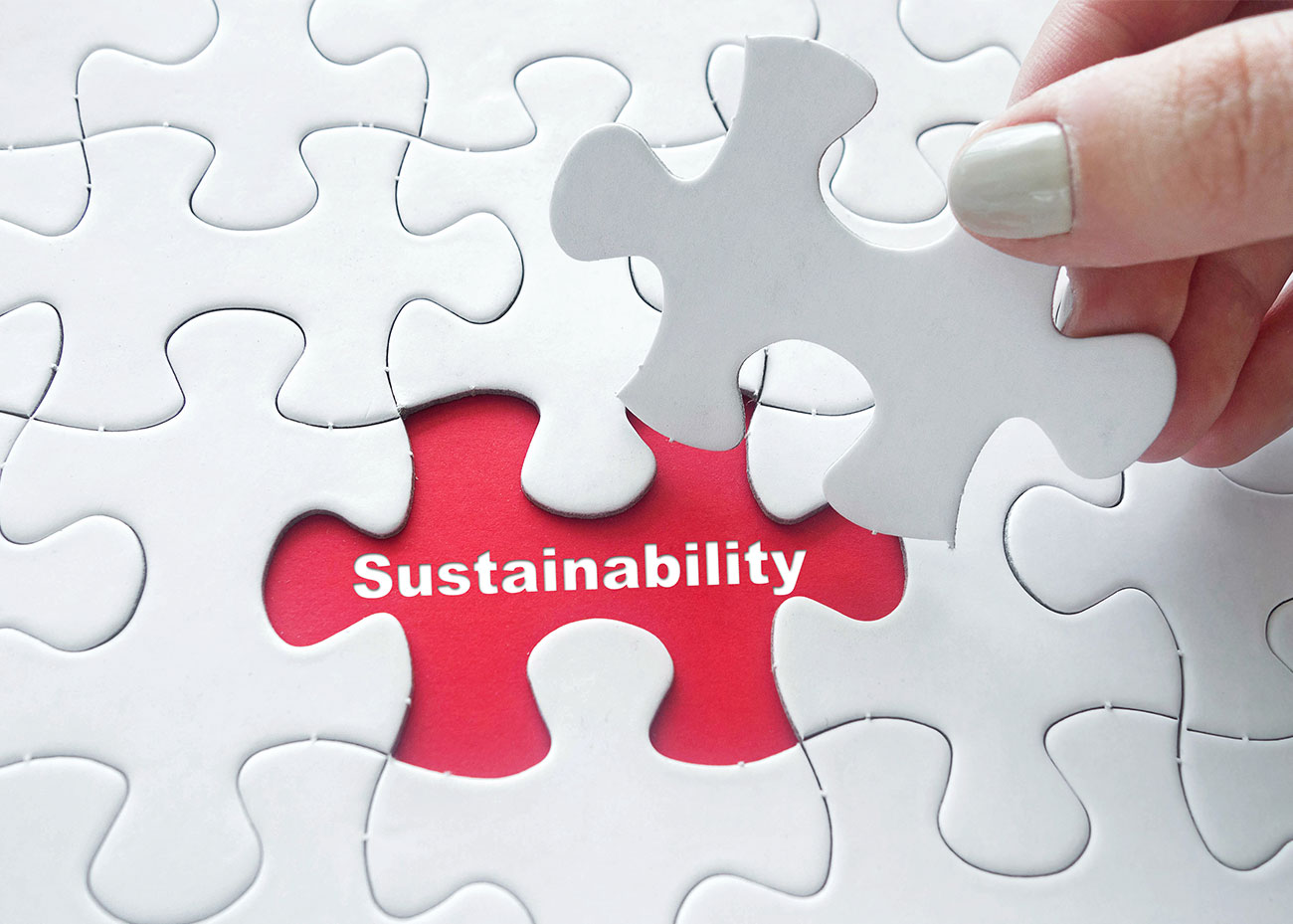Silk: a sustainable fibre
Silk: a sustainable fibre
A starting point for a discussion on sustainability issues in silk production
What does the concept of sustainability actually mean when applied to the world of textiles? Can silk be considered a sustainable fibre?
Sustainability as an intergenerational pact
Sustainability, and / or sustainable development, refers to those conditions which allow to create a balanced production system and guarantee that the needs of today’s generations are met, without compromising the opportunities of future generations.
History of the concept of sustainability
 1972
1972
UN Conference. The concept of sustainability and sustainable development is introduced for the first time;
1982
Brundtland Report. Clear and unambiguous definition of sustainable development;
1992
United Nations Conference on Environment and Development in Rio de Janeiro. The principles of sustainable development are formalized in the guidelines;
2002
Johannesburg Conference. Three key factors of sustainable development were identified: environmental protection, economic growth and social development.
The concept of sustainability/sustainable development, which was born as a paradigm focused merely on ecological aspects, transformed over the years into a dynamic concept that factors in several environmental, economic and social variables.
The latter, acting synergistically, define the level of effectiveness of the measures to be taken — and also that of their complexity
Silk
Silk fibre, both in principle and when compared with other natural and / or artificial fibres, fully corresponds to the increasingly strict requirements set out for sustainable raw materials.
Environmental factors:
Silk is an eco-friendly and fully degradable material, with a fully circular production cycle:

- Silkworms only eat natural food: leaves of the mulberry tree or leaves of specific types of plants.
- Mulberry tree plantations allow to maintain the original natural ecosystem and fortify it;
- Mulberry tree plantations increase the level of biodiversity in the ecosystem;
- Mulberry tree plantations allow a respectful use of territory especially if compared with other textile crops, such as cotton, or non-textiles, such as cereals, which require enormous amounts of water;
- Mulberry tree plantations are never sprayed with fertilizers and pesticides as it is scientifically proven that the use of these chemical agents causes an exponential fall of the yield of the cocoons bred for the production of silk filament, and might potentially cause death of silkworms;
- Silkworm breeding is a perfect example of a circular economy. As a matter of fact, silk production was given as an example of such a system on the first international UN conference on agroecology
- Silk fibre processing has a very low environmental impact in terms of atmospheric emissions;
- The fibre remains natural throughout the entire period of its processing;
- During its life, silk does not release polluting substances and does not contribute to the the gigantic problem of plastic microfibre pollution typical of synthetic fibres which for now has no solution.
- Silk fibre, as it is a combination of two natural proteins, leaves no residues in the environment at the end of the product’s life [learn more]
- Silk fibre is 100% recyclable and reusable.
Economic factors:
People or entities involved in silk production are rewarded in different ways, at the same time environmental variables are taken into consideration and the territory is treated with respect.

- For thousands of years, silk breeding has been a source of income and, in many cases, a driving force for many modern economies, including Italy until the first decades of the last century [read more about the legend of silk];
- In silk production produced material is used fully, reducing to a minimum or eliminating possible waste due to reuse;
- Silkworm breeding mostly takes place in rural agricultural environments and represents a significant source of supplementary income for many families who are primarily dedicated to other activities, in the first place agricultural;
- Aggregated revenue levels, even though they come from different producers, are on average considerably higher per unit of time than it would be possible to obtain from other crops and / or crops or activities;
- The existing system of silk production supports a considerable amount of productive, commercial and distribution entities of the textile system;
- The use of the silk protein components contributes to other sectors, too, such as research, cosmetics, medical and biomedical sectors, guaranteeing high added values;
- The silk production system is an efficient and effective circular economy that can allow use of relevant economies of scale.
Social factors:
Activities related to silk production accompany the entire history of humankind. In some economies they became an integral part of culture and society
- The first production of silk started long time ago, and became an important part of the agricultural system in many cultures. Affordable ways of production, respectful use of resources and their full recovery are all part of the tradition;
- Smart use of resources and environmental protection both typical of sericulture and linked to reasonable economic returns, positively stimulate the dynamics of personal and social involvement;
- The United Nations selected silk breeding as an economic activity to support policies aimed at replacing harmful crops, like opium in Burma, encouraging environmental and social improvement through appropriate economic returns. Respective pilot projects were approved [read more]
- Silk is part of the Italian history which undeniably influenced the culture, traditions and customs in many regions of the Apennine peninsula. It is indispensable for our society;
- Silk is part of a world history. China played a fundamental role and even today is a source of discoveries about the role of this fibre in the history
- Silk plays a vital role in modern society both from the point of view of traditional textile use and in terms of being an important cultural reference. Consider, for example, the use of the name Silk Road to identify the contemporary Chinese infrastructure program in Asia and Europe.
What makes Cosetex silk fibres sustainable
Tradition and future vision, know-how and long experience, as well as in-depth knowledge of the technical / physical / chemical characteristics of silk fibre and sensitivity to environmental issues, integrated system of social and environmental sustainability, and traced and certified supply chain are all brought together in Cosetex.
Carefully organized production process and transparent certification system just add to the list.
It is only natural for Cosetex to seek to enhance sustainability and eco-sustainability

